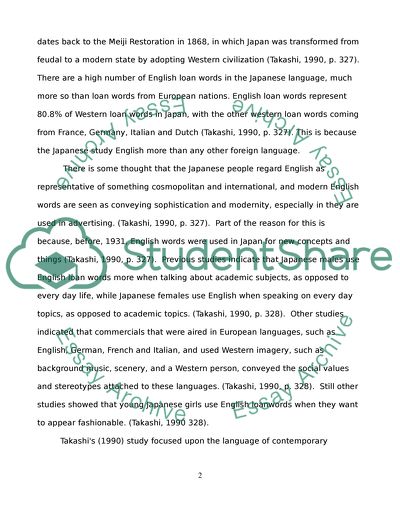Cite this document
(“CULTURAL DIMENSIONS IN ADVERTISING Research Paper”, n.d.)
Retrieved from https://studentshare.org/family-consumer-science/1408030-cultural-dimensions-in-advertising
Retrieved from https://studentshare.org/family-consumer-science/1408030-cultural-dimensions-in-advertising
(CULTURAL DIMENSIONS IN ADVERTISING Research Paper)
https://studentshare.org/family-consumer-science/1408030-cultural-dimensions-in-advertising.
https://studentshare.org/family-consumer-science/1408030-cultural-dimensions-in-advertising.
“CULTURAL DIMENSIONS IN ADVERTISING Research Paper”, n.d. https://studentshare.org/family-consumer-science/1408030-cultural-dimensions-in-advertising.


